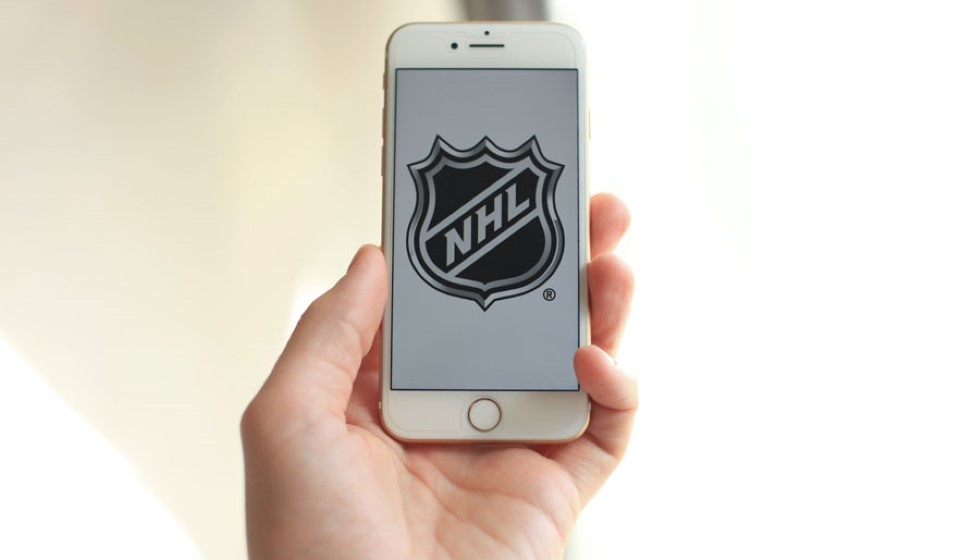
The sports broadcasting landscape is witnessing a significant development as Comcast and Bally Sports have struck a pivotal new carriage agreement. This accord heralds the return of regional sports networks to a multitude of viewers just in time for the upcoming MLB, NBA, and NHL seasons. The hard-fought negotiations between Comcast and Diamond Sports Group have culminated in this landmark deal, rekindling access to Bally Sports channels that had been conspicuously absent since early May.
For sports aficionados, this breakthrough means uninterrupted access to live, local broadcasts of their favorite teams. However, this privilege is reserved for subscribers to Xfinity’s "Ultimate TV," Comcast’s premium cable package. To entice fans, Comcast is offering a three-month trial period free of charge for those upgrading to this tier by August 30. Post-trial, the service will carry a $20 monthly fee.
Impact on Fans
The renewed access comes as a relief to many, especially with basketball and hockey seasons on the horizon. "Entering a new carriage agreement with Comcast, our third-largest distributor, is a critical step forward in our restructuring effort, and we are pleased that fans will again be able to access broadcasts of their local teams through Xfinity," emphasized Diamond CEO David Preschlack. This development promises to restore the connection between fans and their beloved local teams, bridging a gap that had been widening over months of stalled negotiations.
Comcast services markets home to several MLB teams, including the Atlanta Braves, Minnesota Twins, Detroit Tigers, Kansas City Royals, Tampa Bay Rays, and Miami Marlins. For fans of the Marlins, Rays, Royals, and Tigers, Bally Sports’ streaming app offers an invaluable in-market option to watch games. Unfortunately, Braves and Twins fans are left with fewer choices due to the absence of Bally Sports’ streaming app for their markets.
The Broader Implications
This agreement is not merely a win for fans but also represents a pivotal moment in Diamond’s ongoing Chapter 11 restructuring process, now sixteen months underway. The agreement to restore Bally Sports channels is a crucial building block as Diamond works to secure new digital-rights agreements with both the NBA and NHL. "With certainty on our distribution, we are focused on finalizing an agreement with the NHL and resolving our ongoing negotiations with the NBA," Preschlack stated, underlining the urgency of these pursuits.
Earlier delays in the negotiation process even led to a confirmation hearing, initially slated for July 29 and 30, being postponed. This new accord, therefore, not only reopens a channel for avid sports followers but also enables Diamond Sports Group to funnel its efforts into subsequent deals with key stakeholders like the NBA and NHL. "We are mindful that time is of the essence with basketball and hockey seasons fast approaching, and once agreements with our team and league partners are complete, we intend to move expeditiously to present a plan of reorganization to the court," Preschlack added.
Strategic Moves
Bally Sports channels via Comcast will resume in time for major sporting seasons, aligning perfectly with Diamond’s strategic vision. While Diamond holds linear rights for twelve MLB teams, its ambitions stretch beyond, pivoting towards sealing comprehensive deals with major league sports. This endeavor aims to solidify Bally Sports’ footprint as a crucial broadcasting conduit for fans who crave live, local sports action.
The strategic restoration of these channels comes at a crucial juncture. As Diamond stakes its future on these digital rights agreements, successfully renegotiating terms with the NHL and the NBA could serve as a linchpin for the company's broader restructuring ambitions. This move is indicative of a broader trend in sports broadcasting, where digital and linear rights are increasingly intertwined in the dance of media distribution.
The return of Bally Sports via Comcast is more than just a carriage agreement; it represents a significant stride forward in an evolving sports media ecosystem. For now, fans can rejoice in the immediate thrill of returning to their local broadcasts, a welcome reprieve as the sports calendar heats up with the promise of uninterrupted action.
As negotiations continue and the landscape of sports broadcasting shifts, this new agreement sets the stage for further developments—ones that will undoubtedly impact fans, teams, and the very fabric of sports viewership in the years to come.